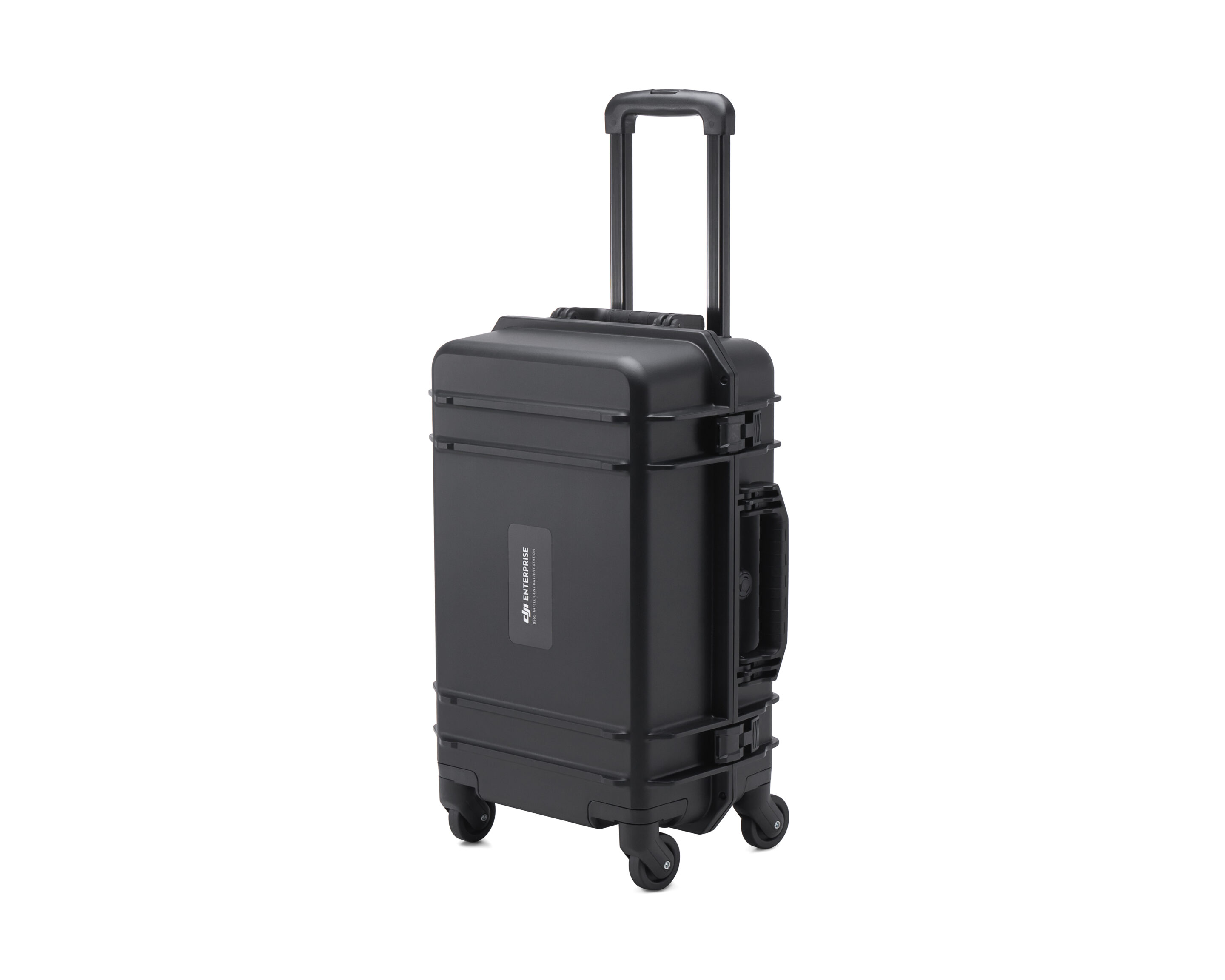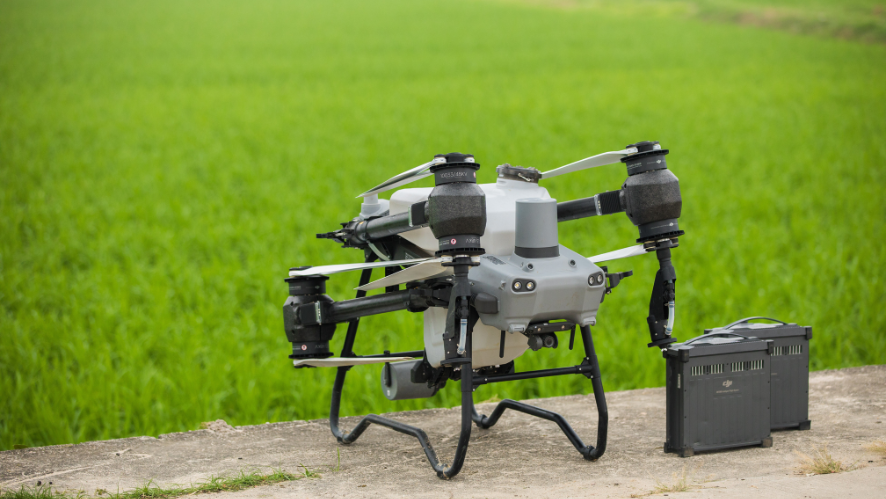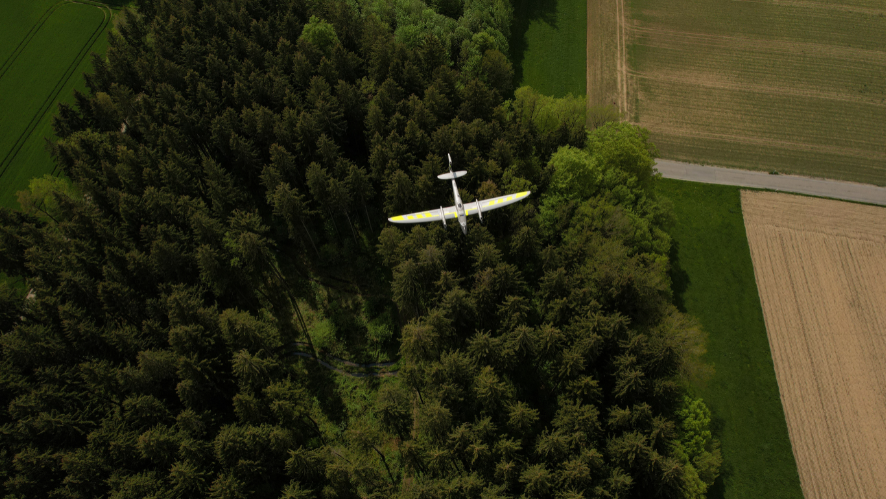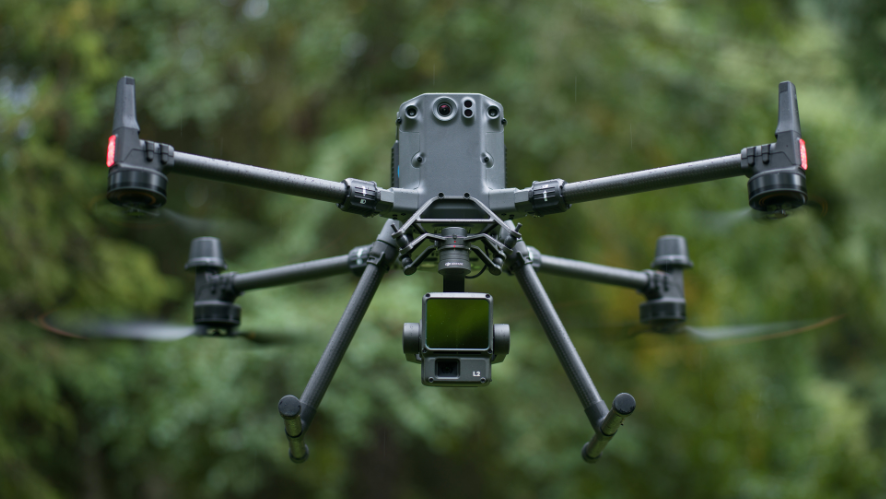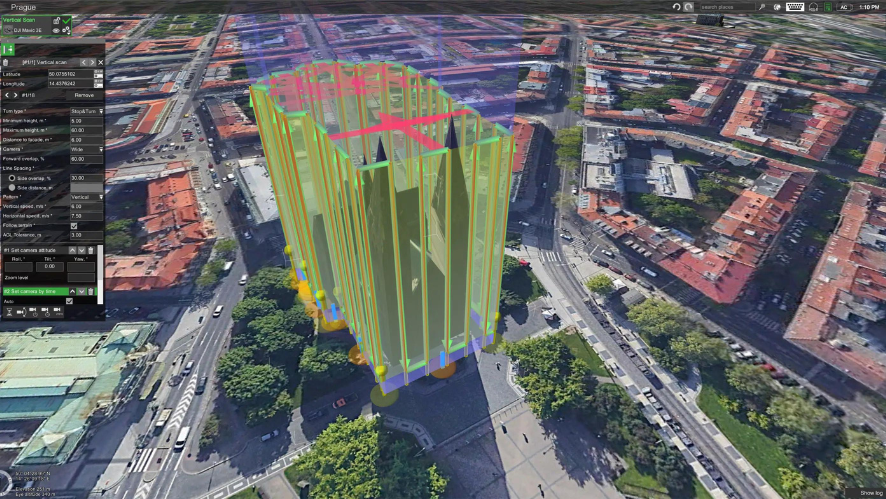BATTERY SAFETY
Traveling with LiPo batteries and your drone
“Airlines now require proof that the lithium content in batteries meets the UN Battery Standards Manual (which all airlines around the world now use as a standard).”
Battery Safety – Material Safety Data Sheet (MSDS)
Download the PDF document corresponding to the battery you need, print it out, and keep it with your battery.
Batteries with a capacity of less than 100 Wh
The batteries that power your phone, laptop, and camera are usually below 100 watt-hours (Wh).
If you carry a spare battery that is not in one of these devices, it should only be in your carry-on luggage.
Spare batteries, regardless of their size, should not be carried in checked baggage.
100-160 Wh lithium-ion battery
They are more powerful batteries and can be found in industrial equipment such as power tools and mobility aids ranging from 100 to 160Wh.
You must have approval from your airline before flying.
If the battery is installed in a device, it can be carried in checked or carry-on luggage.
If it’s a spare battery – meaning the battery is by itself and not contained in the device- it should only go in carry-on luggage.
Spare batteries, regardless of their size, should not be carried in checked luggage.
There is a limit of two spare batteries per person. These batteries should only go in your carry-on luggage, and their terminals should be individually protected to minimize the risk of contact with other metal objects in the luggage.
Lithium-ion batteries of 160 Wh or more
You can’t carry lithium batteries over 160Wh, unless they are for wheelchairs and other mobility devices.
These batteries must be transported as declared dangerous cargo. Contact your airline for advice.
What is its power in watt-hours (Wh)?
Most modern batteries have the watt-hour (Wh) rating on the casing so you can see how powerful they are.
Some older models may not clearly display the power in watt-hours, but you will be able to see the voltage and amperage, which will make it easier to calculate the watt-hours.
To calculate the watt-hours of the battery, multiply the voltage (V) by the ampere-hours (Ah). For example, a 12-volt 5 amp-hour battery will have 60 watt-hours. If the battery is rated in milliampere-hours (mAh), divide the final answer by 1,000 to get watt-hours. V x mAh / 1000 = Wh. For example, 6 volts; 2,500 mAh battery would be 6 x 2,500/1,000 = 15 Wh.
If you want more information, get in touch with us.
How to protect the battery against short circuits
Shorted batteries have been responsible for numerous fires on board, so it is important that all spare batteries have their terminals properly protected.
You may do so:
- Store the batteries in their original packaging;
- Insulate the battery terminals by taping the exposed terminals;
- Place each battery in a separate plastic bag or protective case.
Travel and charging bags for Lipo Batts
If you are just starting out with LiPO batteries for drones, we suggest that you carry them in a 9 x 12 inch LiPO protective charging case, or size 175 x 60 x 60 x 75 mm, there are also 9 x 7 x 2 inch sizes, whichever best suits your batteries.
Continuous travel guide with LiPO batteries
Batteries must be offered for transport with a state of charge (SoC) not exceeding 30% of their designed rated capacity. This means discharging the batteries before attempting to transport them, which is a good idea regardless of the means of transport (in a pack or aboard a passenger plane).
A shipper is not authorized to present for transportation more than one (1) package prepared in accordance with Section II in a single shipment. Obviously, this regulates transport, but there may be a situation where this also applies to our LiPo batteries.
Check-In or carry-on bag?
First of all, it is very important that LiPo batteries must be taken with you on board the aircraft and CANNOT be placed in checked baggage. Rapid changes in temperature and atmospheric pressure make LiPo batteries susceptible to fire.
Quantity
The amount allowed is based on watt-hours (Wh). Wh establishes the lithium content by multiplying the voltage by the ampere-hours (Ah). For example, 14.40 V x 5 Ah battery = 72 Wh. The current IATA Dangerous Goods Regulations and your rights as a passenger to carry LiPos with you in carry-on baggage, but not in checked baggage.
Avoid short circuits
Another safety precaution, although it may not be mandatory under flight safety regulations, is to avoid short-circuiting the batteries, thus increasing the possibility of fire risk.
